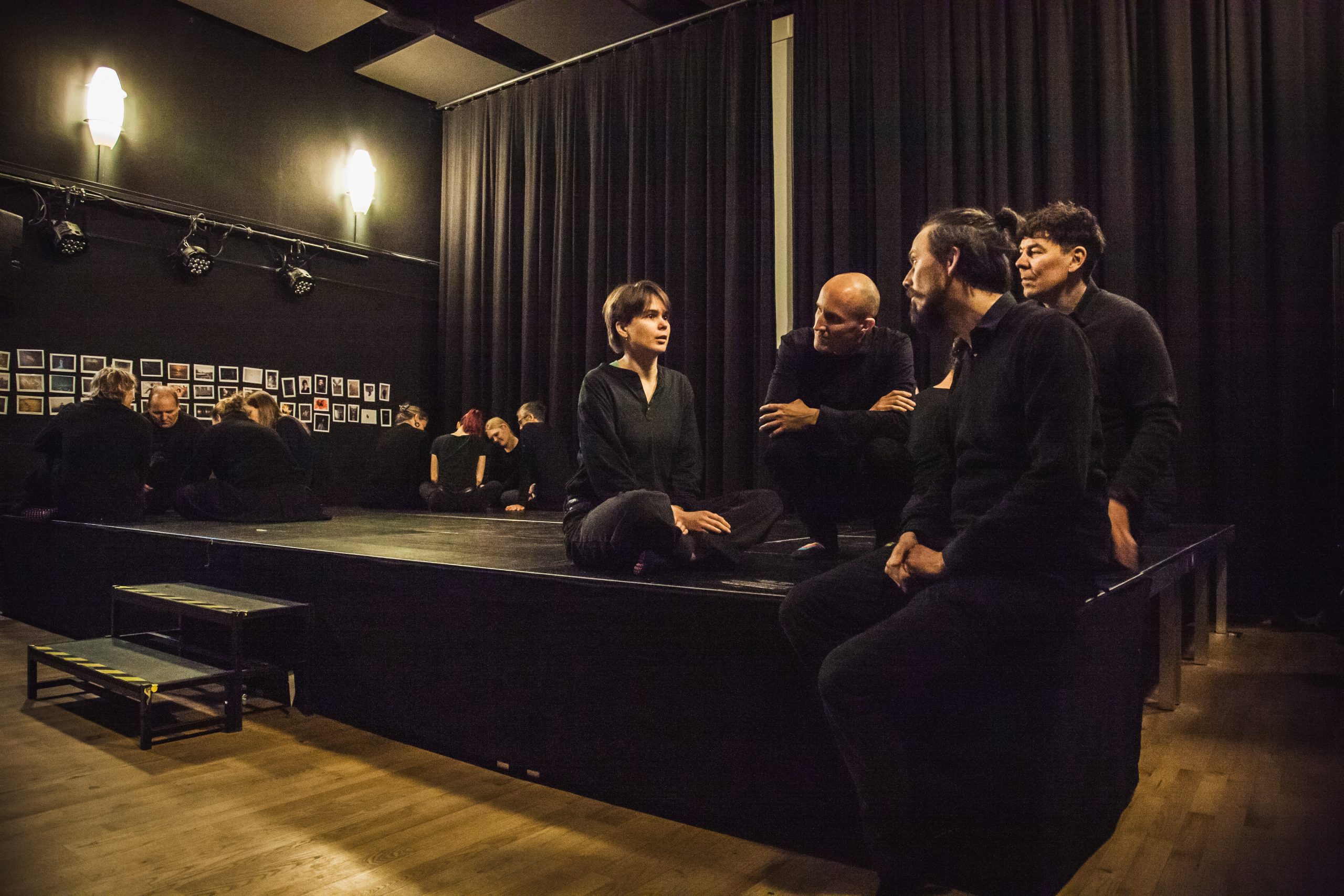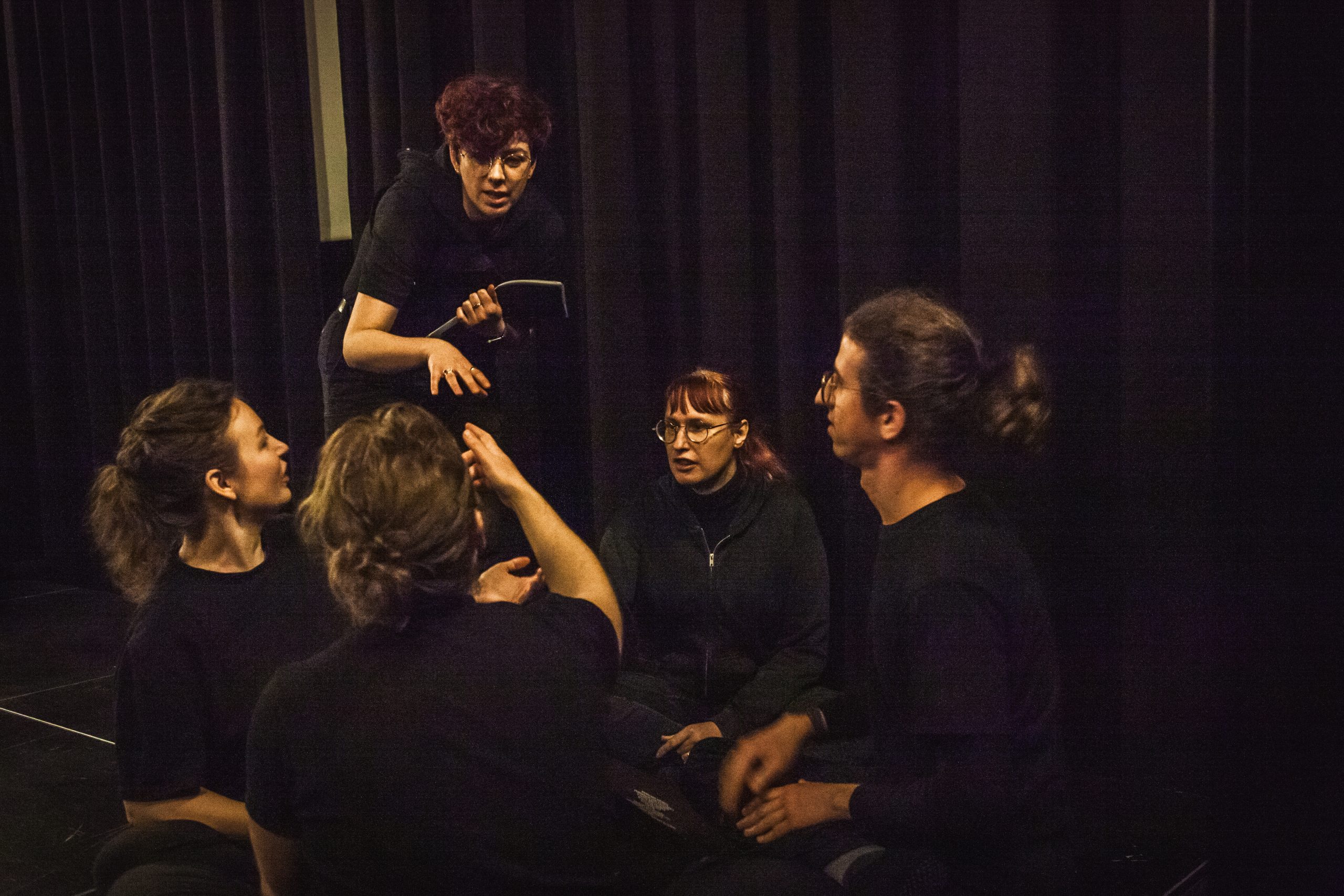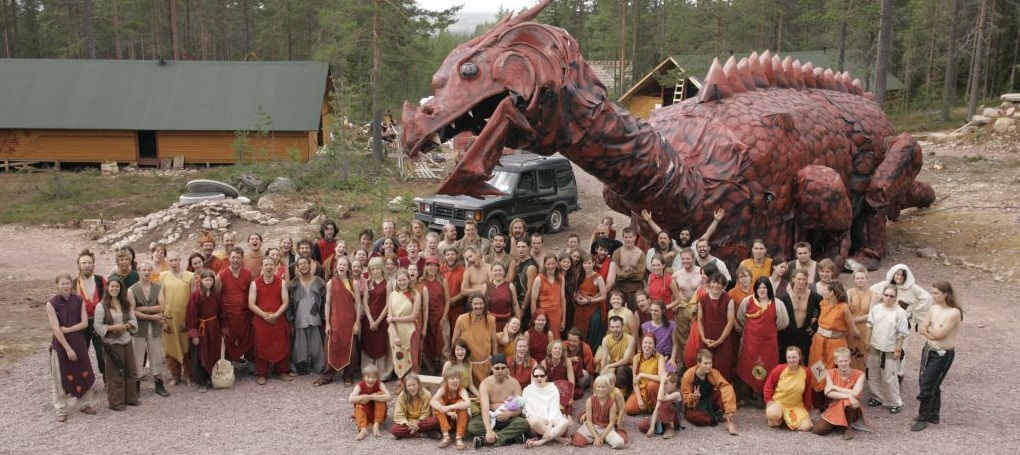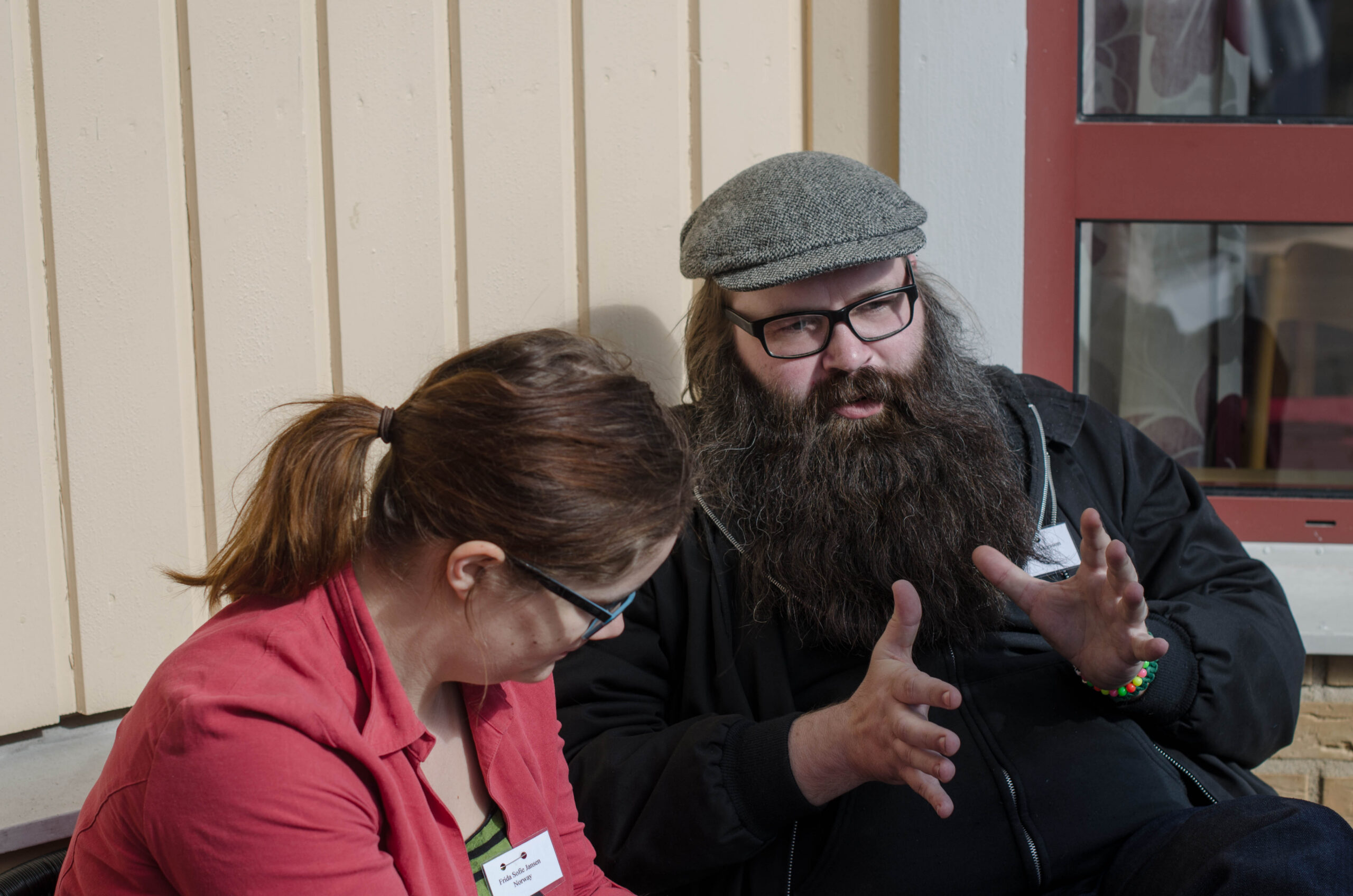Tag: Larp organizing
-

Workshop Design: A Guide
in
This article serves as a guide for workshop designers, outlining a series of steps that will take you from the initial idea to the final plan for a learning design.
-

WEB: Workshop – Exercise – Briefing
in
The most common learning formats used for the pre-play-prep before a larp are: workshop, exercise, and briefing. The WEB model described below is a visual tool in two parts, created to define, distinguish, and summarize these three types of learning sessions.
-

On Co-creating Experiences – iFoL
in
IFoL, standing for “Its Full of Larps”, is typically a long weekend, dedicated to short form larps and socializing.
-

Designing the Designer
in
Every aspect of larp can be designed for particular effect. This article argues that this applies to the person of the designer as well.
-

Please Stop – an Occupational Therapist’s Advice on How to Avoid Burnout
in
A newly working occupational therapist, larper, larp creator and two-time burnout survivor gives you some real-life tips and tools to fight back against burnout.
-

Imagining a Zero Carbon Future: Environmental Impact of Player Travel as a Design Choice
in
Addressing a convenient and uncomfortable blindspot of the community: aviation emissions in international larp.
-

Dragonbane Memories
We had crazy plans. We would transform fantasy larp forever. We would create the best larp in the world… or so I thought.
-

How to Take Care of Your Organizer
in
This article offers ways that players can take care of their organizers to help people avoid burning out and becoming discouraged from running larps again.
-

All the Mistakes I’ve Done Episode IV
A classic program item at Knutepunkt is the “All the mistakes I’ve done” session. At Knutpunkt 2014 we once more got larp designer and producers to tell some of their dark secrets. Sharing mistakes this round was Juhana Pettersson, Anna-Karin Linder, Troels Barkholt-Spangsbo & Hanne Grasmo. The session was hosted by Rasmus Høgdall. Once again
